For six years now, June 6th has been World Miniskirt Day. The reason why the mini-skirt will be in the limelight all over the world this Sunday is because of the strong symbolism it represents.
Synonymous with women’s liberation, the mini-skirt is one of the manifestations of the evolution of women’s clothing habits.
For the record, we owe the creation of this essential garment to the English stylist, Mary Quant, which was developed and popularised in the early 1960s. The first, marketed in 1962 in her London Bazaar shop, was originally designed for “women who had to run behind a bus”. She wanted to create a garment that was less restrictive to wear.
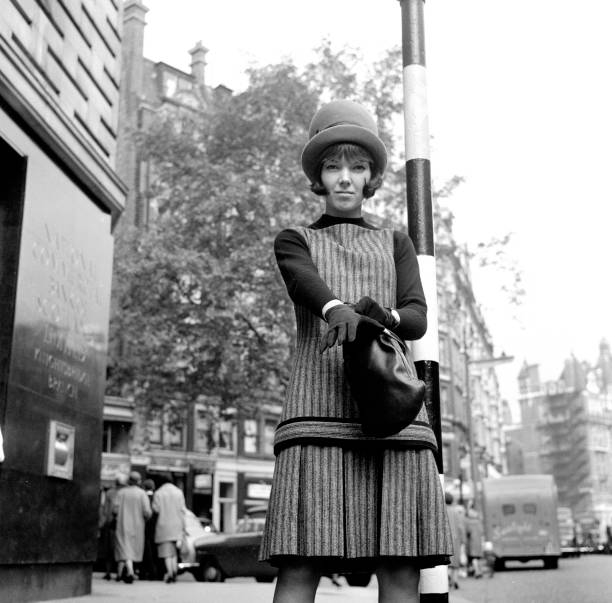
Popularised in 1965, it became an immediate success with young people. The great French fashion designer André Courrèges was the first to seize on the phenomenon, making the mini-skirt the star piece of his spring-summer 1965 collection.
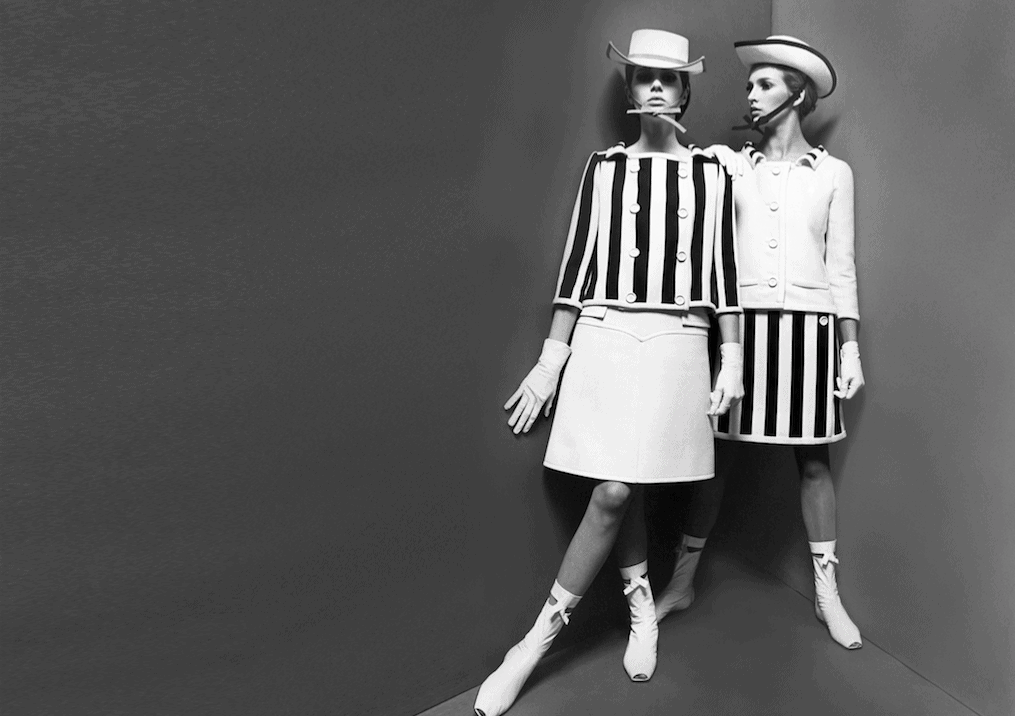
It will then quickly make its appearance in the cinema. The mini-skirt, which has become an essential behind the screen, will be worn by many of the greatest actresses in cinema.
Here is a reminder of the mini-skirts that have marked the history of the seventh art.
Brigitte Bardot, icon of freedom
French actress Brigitte Bardot was the first woman to appear in a feature film wearing not a miniskirt, but a mid-length skirt open at the front. By revealing her legs and her underwear in Roger Vadim’s 1956 film And God created Woman, she became the embodiment of the free and untamed woman, liberated from the usual shackles and mores of her time. She will continue to be a true icon, a symbol of emancipation for many women.
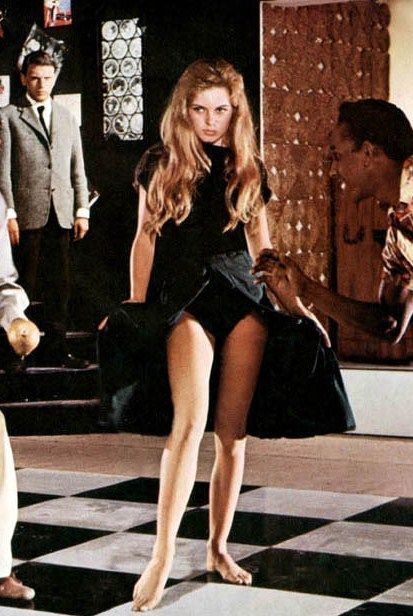
Following this film, when the mini-skirt made its appearance, Brigitte Bardot made several appearances outside of filming, wearing mini-skirts with thigh-high boots, continuing to nurture her image as an iconic free-spirited female figure.
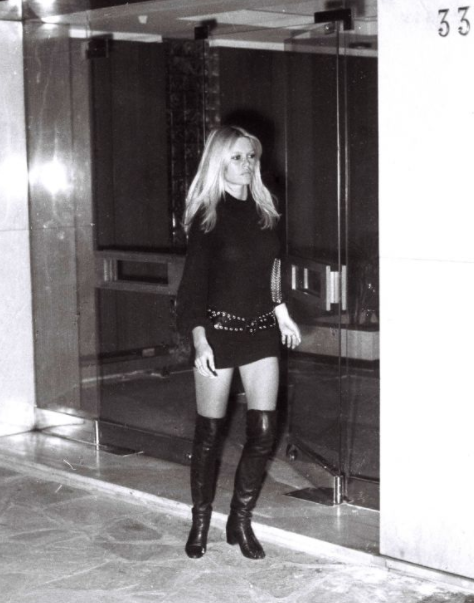
Julie Christie, in Billy the Liar
Shortly afterwards, in 1963, the first miniskirt was worn by an actress in a film. It was Julie Christie, in the film Billy the Liar, who appeared several times wearing a mini-skirt, while walking through the streets of London. Avant-garde or a desire for emancipation? When the miniskirt was not popular yet, Julie Christie caused a sensation by wearing this garment, bringing a breath of fresh air to the big screen. The appearance of the mini-skirt in the 7th art form is designated as feminist, embodying the emancipation of women at the time.
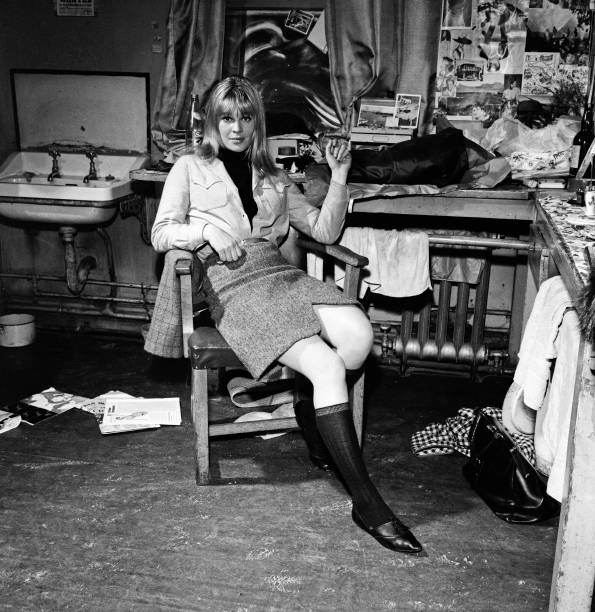
Julia Roberts, a “Pretty Woman”
More recently, the mini-skirt worn by Julia Roberts has made its mark. In the movie Pretty Woman, released in 1990, she plays a beautiful and endearing prostitute alongside Richard Gere. The film also has a cult following for the actress’ many outfits, including her blue miniskirt and thigh-high boots. Even today, this film and this mini-skirt remain memorable, as several websites have even put up for sale a very similar model to the one worn by Julia Roberts.

Nicole Kidman, To die for
Finally, five years after the release of Pretty Woman, it is the American actress Nicole Kidman who appears in this clothing, which has become cult in cinema. Throughout the film To die for, released in 1995, she appears wearing almost mini-skirt suits. Perpetuating the importance and popularity of this garment, she won over the majority of viewers, seeing the miniskirt as a means of expressing freedom for women.
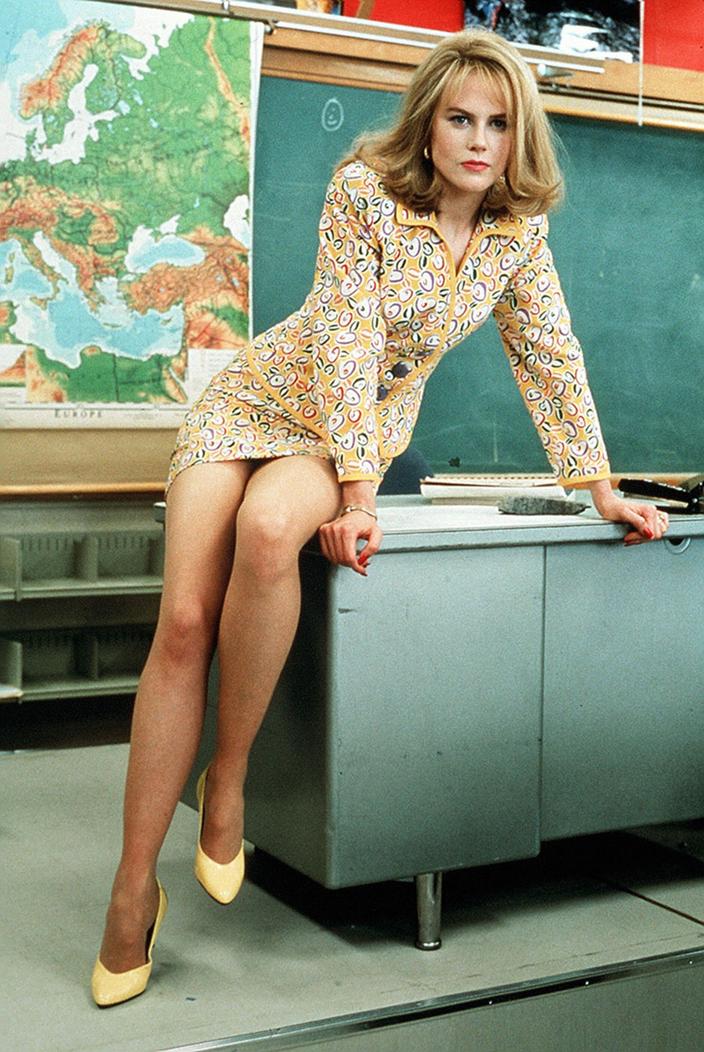
Created in 2015 in Tunisia, by Rachid Ben Othman, the president of the League for the Defence of Secularism and Freedoms, and feminist activist Najet Bayoudh, June 6th is now the global day dedicated to the wearing of this piece. Behind this name, this day is every year an opportunity to show support and solidarity towards all oppressed women around the world.
Read also > THE 5 GREAT DATES THAT MARKED THE HISTORY OF THE SAMARITAINE
Featured photos : © GettyImages














